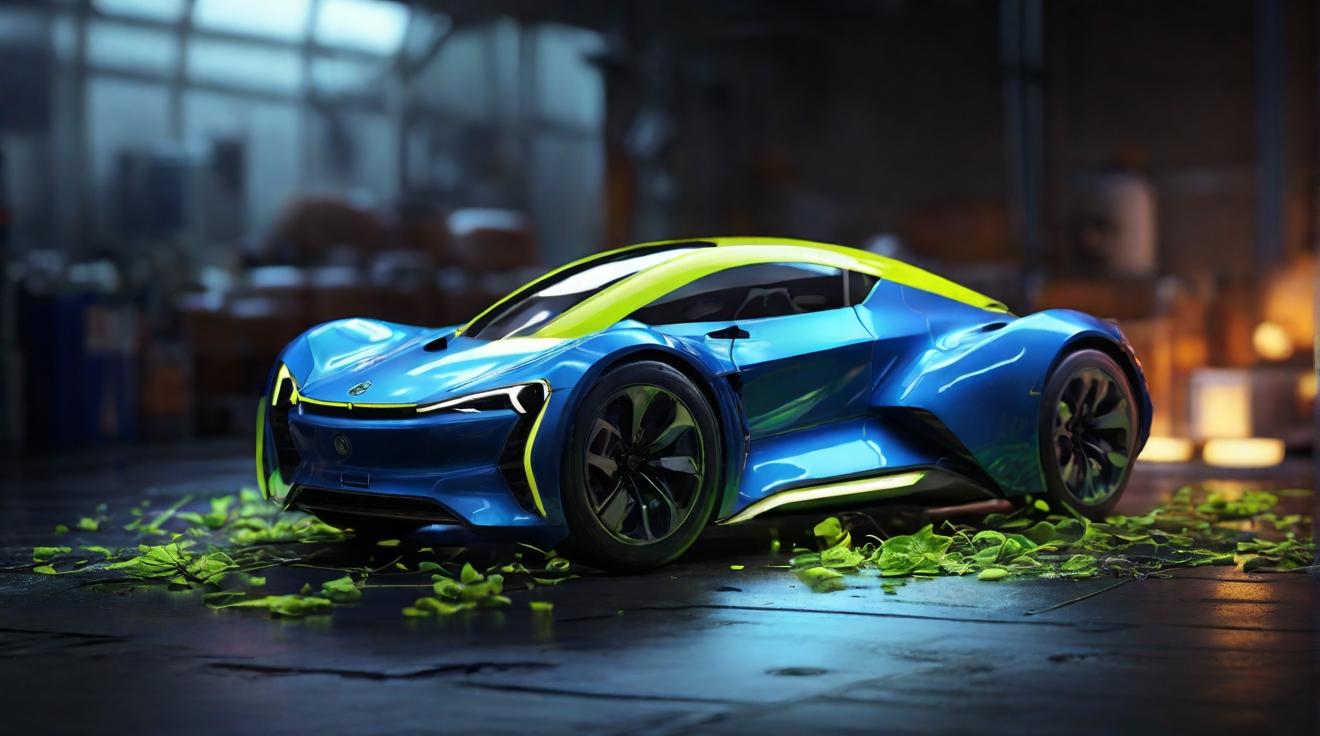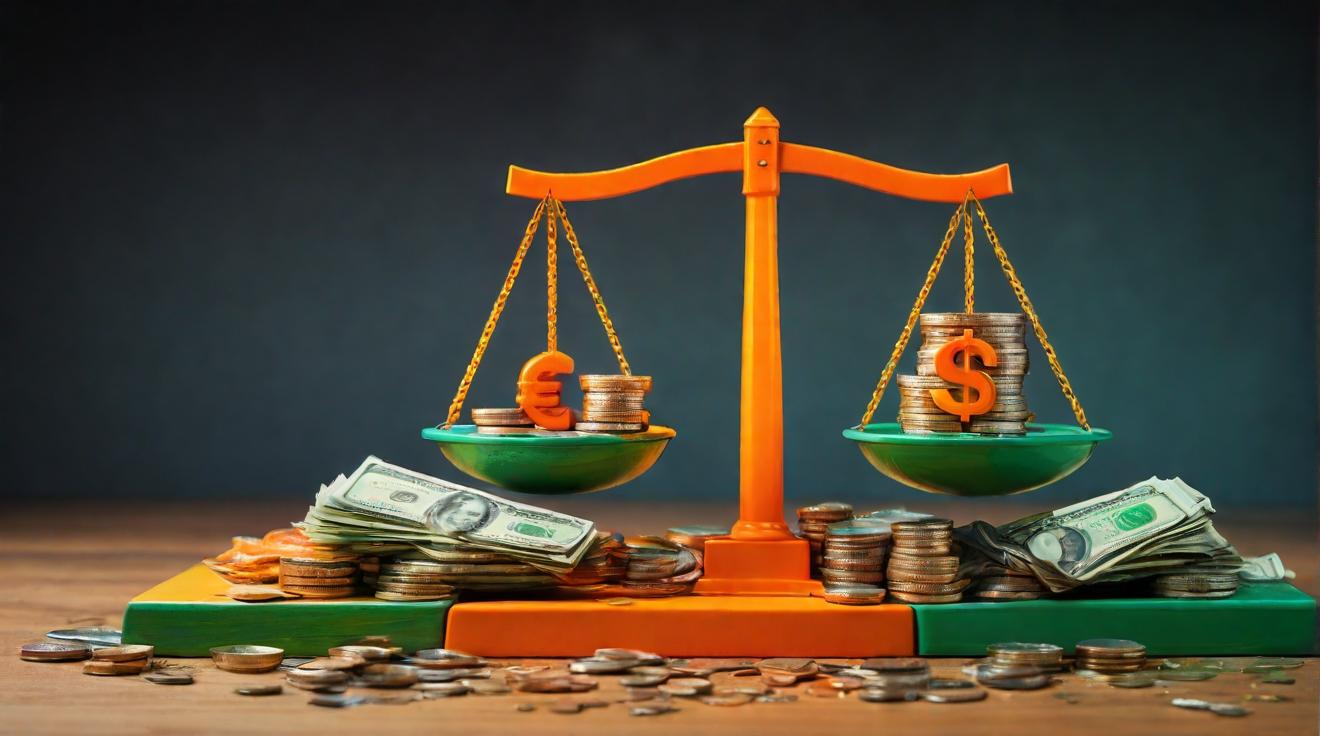Scientists Make Breakthrough in Battery Technology with Tea Leaf Waste
Groundbreaking discovery addresses limitations of sodium-ion batteries
Scientists have made a significant advancement in battery technology with the development of a sodium-ion battery that uses tea leaf waste. The breakthrough, revealed by a team led by Dr. Xingcai Zhang from Harvard University, marks a crucial step towards reducing the cost and environmental impact of energy storage systems.
Published in Advanced Functional Materials, the study details how tea leaf stems are converted into “hard carbon” through a process of high temperatures and acid treatment. The result is a battery anode material called TS-1400-HCl that outperforms existing carbon anodes. It boasts a 70% greater initial capacity, a 91% higher efficiency in the first charge-discharge cycle, and significantly improved longevity over 500 cycles.
The researchers believe this innovative, biomass-based approach, utilizing the abundant supply of raw tea leaves, offers a scalable and eco-friendly solution for battery manufacturing. With China alone producing over 1 billion kg of tea leaves annually, the potential for this technology is immense.
Notably, this breakthrough holds the key to lower electric vehicle costs and supports the transition to renewable energy sources. By providing a more affordable and sustainable option for grid-level energy storage, this innovation could have a far-reaching impact. The expected cost of the new battery material is estimated to be around $5-7 per kilogram, making it an attractive choice for widespread adoption.
As the world seeks to combat climate change and accelerate the transition to clean energy, this advance in sodium-ion battery technology could play a vital role. With its promise of improved charge capacity, longevity, and charging rates, the future looks brighter for energy storage systems.
Analyst comment
Positive news. The breakthrough in battery technology using tea leaf waste is a significant advancement that addresses cost and environmental concerns. The new battery material offers better performance and significantly improved longevity. It has the potential to lower electric vehicle costs and support the transition to renewable energy sources. The market for this technology is expected to grow due to its affordability and eco-friendly nature.













